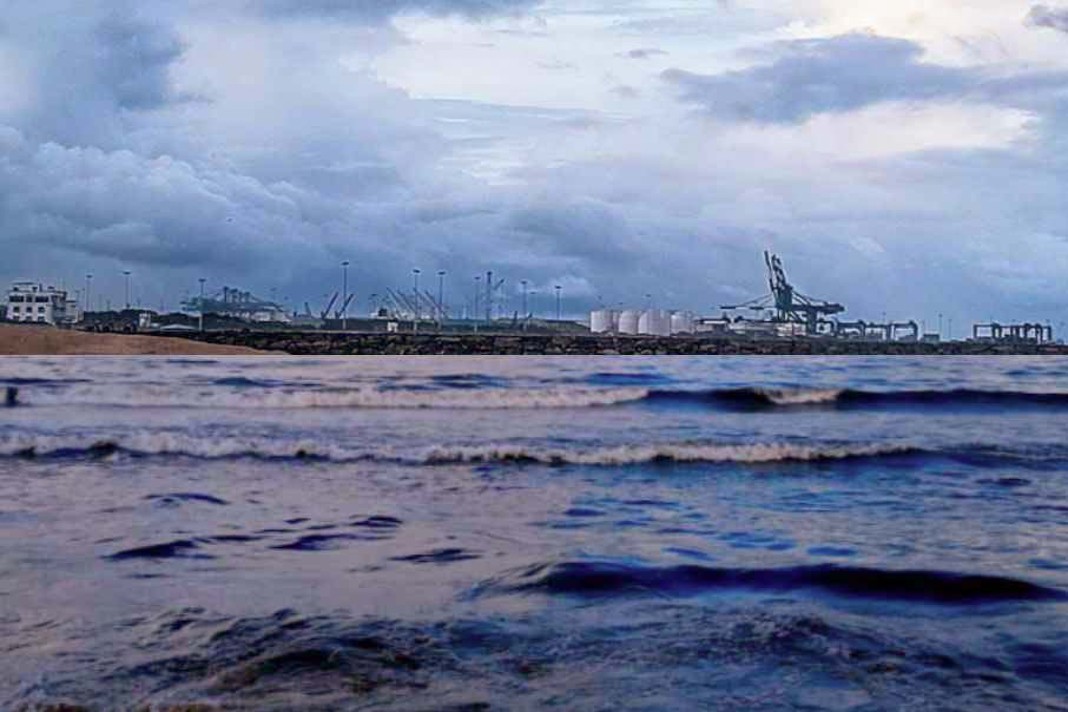Rotterdam’s LNG bunker price has declined in the past week following two consecutive weeks of increases, while Singapore’s price increased some amid expectations of higher demand from Asian power plants, reports Engine.
Changes in weekly LNG bunker prices
- Rotterdam down by $15/mt to $668/mt
- Singapore is up by $3/mt to $752/mt
Rotterdam
Rotterdam’s LNG bunker price has declined by $15/mt to $668/mt. The price drop has mirrored the fall in the front-month NYMEX Dutch TTF Natural Gas benchmark, which has been influenced by the high gas storage levels across European countries.
The gas storage levels are currently full at 70% capacity, and projections indicate they could reach 90% before the end of August, according to a report from BMI.
A major event impacting the gas market was the resumption of gas supplies from Norway. After a week of decreased supply caused by an outage at the Nyhamna gas field, Norwegian gas flows to Europe have now rebounded to around 324 million cbm/day, an increase from the previous week’s 264 million cbm/day, ING’s Warren Patterson said.
This increase in supply has triggered a bearish market reaction, leading to a decline in prices.
Energi Denmark also noted that prices are expected to fall further as part of a general downturn across the markets.
Singapore
Singapore’s LNG bunker price has increased by a modest $3/mt to $752/mt in the past week. This slight upward movement has been influenced by the underlying Japan/Korea Marker (JKM) price.
Robust demand from the power sector in the Asian region has been one of the factors driving prices up.
India has been experiencing severe heatwaves in recent weeks, with temperatures exceeding 50 °C in certain northern parts of the country. This extreme heat has driven a surge in gas-for-power demand, with overall power demand reaching a record 250 gigawatts (GW) last month, Rystad Energy reported.
In other East Asian countries, power demand continues to be high. South Korea has a 50% chance of experiencing above-average temperatures from 3 June to 23 June, which is expected to keep gas-for-power demand high.
The Japan Meteorological Agency has also forecast a 50.6% probability of above-normal temperatures from June to August, potentially driving up gas-for-power demand in the country. Rystad Energy also anticipates that the high temperatures expected in mid-June will boost gas-for-power demand in China.
Did you subscribe to our daily Newsletter?
It’s Free! Click here to Subscribe
Source: Engine






















